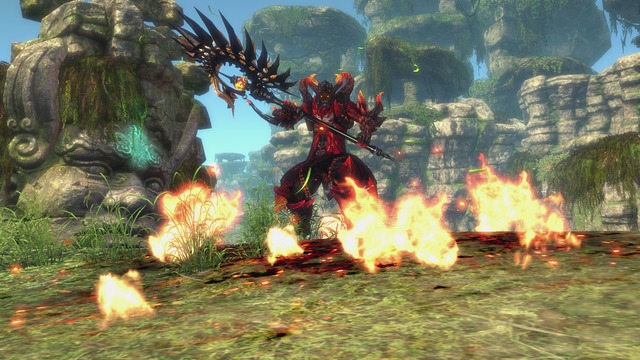Go West, young MMO.
Between the larger-than-life booths from the Big Three platforms in the West Hall of the Los Angeles Convention Center and the over-the-top creations of the major publishers and studios in the South Hall, NCSOFT quietly sat in a small cube in the Concourse Hallway in between. Had one not known it was there, it was certain they would be overlooked (and I did as I scoured the entire convention looking for them before I finally had to stop and recheck my convention map).
Those who did find the small meeting room found one of the hidden gems of E3, of which Western audiences are just learning about but Asian audiences have already made one of the most popular eSports games, Blade & Soul.
At first, the free-to-play MMO sounded like the pitch for every other MMO I had heard that (and every) year at E3: It's free-to-play, not pay-to-win, and players will have unrestricted content access, and so on. I was taking notes while thinking ahead to my next appointment, but then NCSOFT caught my attention while discussing playable classes. When I noted there was no “healer” type class, the studio responded by saying, “Yeah, we don't really have a healer. Everyone has some healing ability of a sort.”
Wait, I thought. I always play a healer. You mean I'll have to play as something else? It snapped my attention back to Blade & Soul, and showed me something different that resonates with the Asian background of the popular MMO.
Clearly influenced by Eastern martial arts cultures, Blade & Soul's playable classes include summoners, kung fu masters, and assassins, among others. In my short playable demo as a Forcemaster (similar to a mage) the team pointed out that, yes, there are no dedicated “healers,” as every player can “meditate” to heal a small portion of HP. The MMO, which currently has six story arcs in the East, focuses more on the combat portions of play, with things such as traversing lands done rapidly by windwalking, leaving more time for the really cool stuff, like whooping monsters with sweet spellwork.
Also of particular note was their planned business model for Western audiences. (I know, I can't believe I just said that either.) All items can be earned in-game, but audiences can also choose to pay for convenience and vanity items via NCSOFT's proprietary currency, NCoin. This sounds like many other MMOs out for Western audiences, but what separates Blade & Soul is its unique premium membership model. (Yes, I really said that too.)
NCSOFT has created a premium membership model that further compels players to buy in the longer they've played. Membership bonuses increase as experience does, including higher XP perks and in-game currency drops, and while players may not see the initial bonus as a compelling reason to purchase it right away, as they play, that perk increases between tiers. That is to say, a player who has the experience to buy in at Tier 3 will have a larger boost than someone who buys in at Tier 1, though the latter will eventually improve their drop boost as well.
In essence, NCSOFT has removed the pressure-sale aspect of the premium membership. If you want it, NCSOFT makes it available; if you don't, no big deal, you still have unlimited access and you can always come back for it at a higher tier.
The wildly-popular Eastern MMO comes to Western audiences later this year, and with combat portions with a clear design for exciting eSports battles, MMO players will want to jump on board quickly.
Blade and Soul
-
Blade and Soul #1
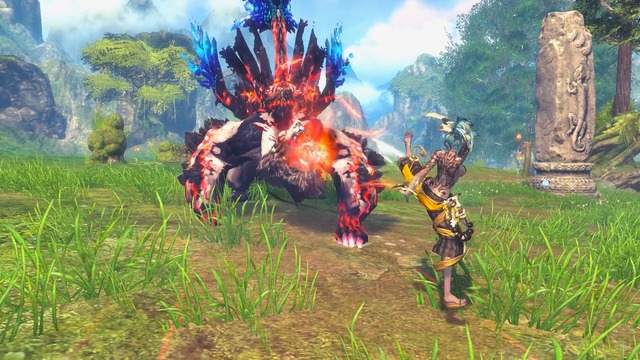
-
Blade and Soul #2
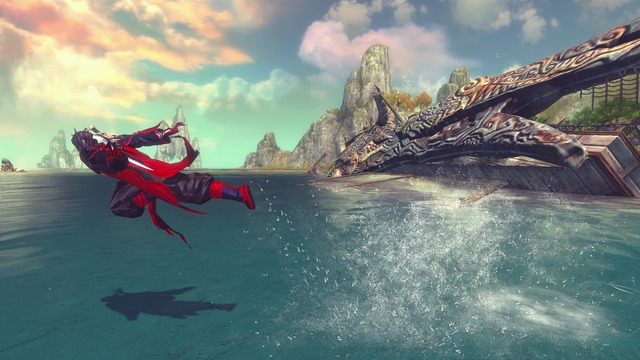
-
Blade and Soul #3

-
Blade and Soul #4
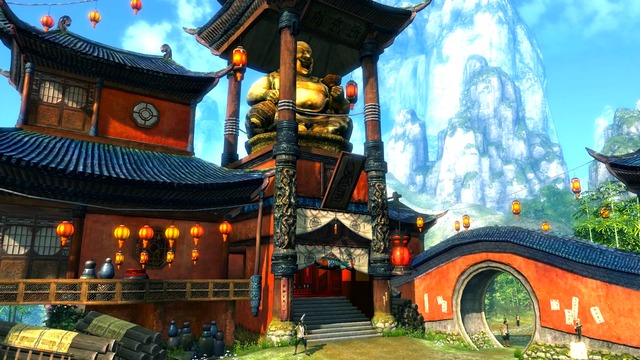
-
Blade and Soul #5

-
Blade and Soul #6
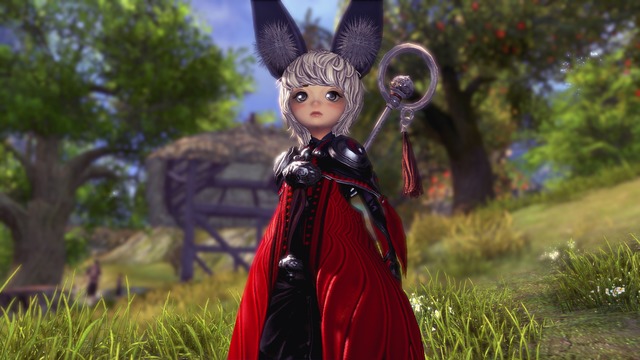
-
Blade and Soul #7

-
Blade and Soul #8

-
Blade and Soul #9
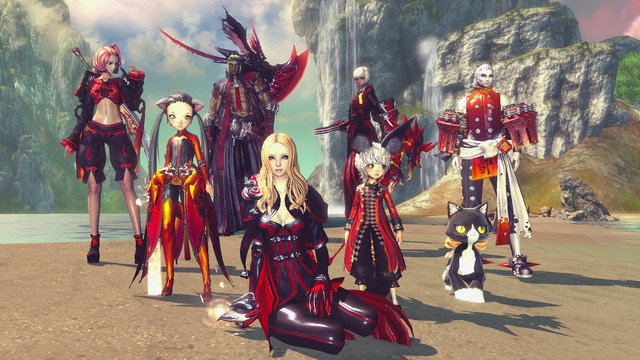
-
Blade and Soul #10
